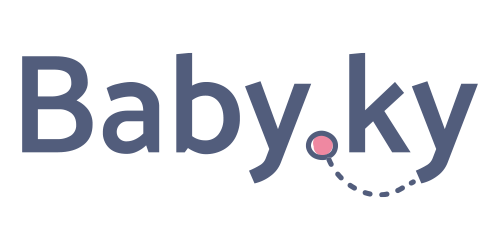Flat head (Plagiocephaly) is a disorder that affects the skull. This disorder makes the back or side of a baby’s head appear flattened. It is sometimes called deformational plagiocephaly.
Since babies have been put on their backs to sleep (to prevent cot death) the frequency of babies with flat heads in the first few months of life has increased. But the good news is that you do not see lots of older children walking around with flat heads. For the majority of babies, this is a temporary phenomenon. It will resolve as the baby spends more time upright. No longer putting pressure on one aspect of their skull.
Even in children with severe cases, they will improve over time. Improvement can be expected over months and years. As hair grows covering the back of the head plagiocephaly becomes less noticeable. Even if a degree of flattening remains. It is unusual for plagiocephaly to provoke attention such as teasing when children reach school age.
Plagiocephaly does not cause pressure on the brain, affect brain development, cause pain or other symptoms.
Who Gets a Flat Head?
It is estimated that positional plagiocephaly affects around half of all babies under a year of age. The degree to which they are affected varies. As improvement without treatment is common, it is difficult to get a true estimate.
It affects males and females equally and there is no obvious racial element. Premature babies are more likely to get plagiocephaly than those born at term. Probably because the skull plates become stronger in the last few weeks of pregnancy.
What Causes Plagiocephaly?
Positional plagiocephaly is produced by external pressure on an area of the skull. It can occur while your baby is still developing in the womb. But in recent years, flattening occurring after the baby is born is more frequent.
A baby’s skull is made up of plates of bone which have not joined together. These bones gradually grow and fuse together over the first couple of years of life. In young babies these plates of bone are relatively soft and prone to changing shape. Persistent pressure on the back or side of the head can cause the skull to become flattened in that area.
How Can I Prevent or Reduce a Flat Head?
It is absolutely important that you put your baby on their back to sleep to prevent cot death. However, try and alter the side of the head that your baby lies on (see below for ideas how to do this). Remember the dangers of cot death far outweigh the dangers of plagiocephaly.
When your baby is wake and you are present encourage tummy time and side lying. Both will reduce the degree of pressure on the back of the skull and therefore plagiocephaly.
Make time to hold your baby or carry them around in a baby sling. Again this reduces time that pressure is placed on the back of the head.
Move your baby around their cot. Babies often focus on the same thing so place objects in different places out of their reach for them to focus on therefore reducing pressure on a single part of the skull.
Do not always feed your baby in the same position.
If your baby naturally always lies on one side of the head try to place them on the other side or encourage them to look in that direction by the use of hanging mobiles etc. don’t have anything that is exciting on the side that will further encourage them to lie on the side they already prefer.
Consider using a plagiocephaly pillow that has met all the safety guidelines. (Mimos Pillow)
Try to vary the type of surface your baby lies on. In the literature both hard and soft surfaces have been implicated in the development of plagiocephaly.
Physiotherapy
This can be very helpful if a baby always lies with their head on one side. This can cause additional tightness in the neck muscles. Physiotherapy may help to resolve this.
Pillow and Helmets
There is no real evidence that helmet treatment benefits children with plagiocephaly. Their use is controversial. If a decision is made that a baby requires a helmet then treatment needs to begin between 4 and 6 months of age while the skull is still malleable. The child will need to wear the helmet for 23 hours of every day for several months. The aim of helmet treatment is to relieve pressure on the flattened area. Allowing it to grow and re-mould and to place pressure on the relatively bulging area.
Again, there is no evidence that plagiocephaly pillows work. The premise behind them is that they reduce pressure on the area of the head that is being moulded.
If you are going to use a pillow do your research carefully. Ensure it meets appropriate safety standards. Paediatricans do not recommend normal pillows for any baby because of the risk of suffocation.
More Information on Flat Head (Plagiocephaly)
It’s also worth checking out help, advice, and any flat head (plagiocephaly) in our Baby Facebook Group. It allows you to ask questions, gain access to basic advice and share experiences with others facing the same new experiences. You can join here: https://www.facebook.com/groups/babycayman/


